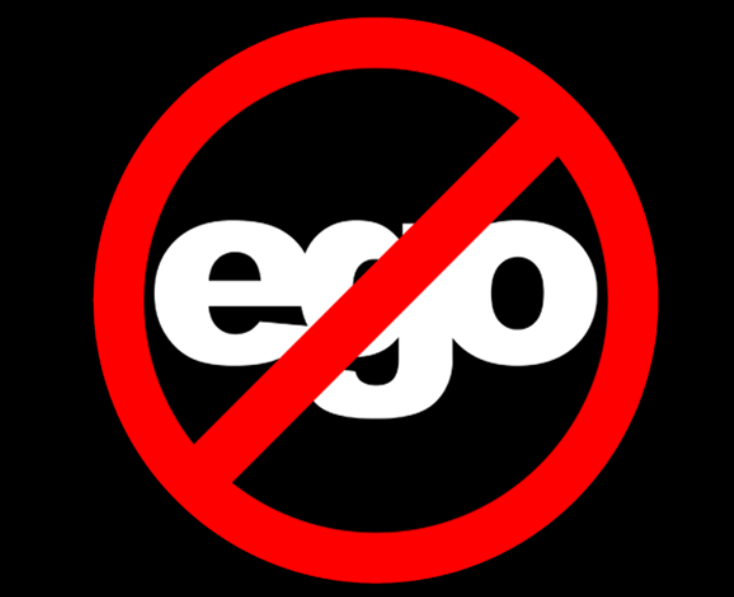LEAVE YOUR EGO AT THE DOOR.
Imagine how great your team would be if each and every person achieved that goal.
They can, if everyone understands what it means and follows three simple steps. (Caution: simple does not mean easy.)
What it Means
Leave your ego at the door means acting on behalf of the greater good. It means you avoid acting on self interest. Specific behaviors on the Avoid and Engage lists, include:
Avoid:
- Protecting your silo
- Making others smaller to make yourself bigger by interrupting, judging, criticizing
- Planning what you’re going to say next, while others speak
- Speaking to gain admiration, approval, recognition, etc
Engage:
- Listening to understand
- Seeking and speaking in favor of ideas and decisions that serve the greater good, beyond you and your silo
- Acting on those decisions when you leave the room
Leave Your Ego at the Door – Instruction Manual for Teams
Step 1: REWARDS AND FINES
The group identifies its own version of behaviors to avoid and those to engage. The list is posted and visible to everyone when the group meets. Team members agree to call violations and set appropriate fines. Yes, fines, typically monetary ones. The treasure chest can be donated to charity. Team members also agree to call attention to, and provide Atta Boys and Girls, to people who demonstrate the desired behaviors.
Step 2: BIG EGO AGREEMENT
Each team member agrees they have an ego, a BIG EGO, at times.
Why?
Most often, we don’t see our Big EGO. Agreeing to leave your ego at the door, begins with recognizing you have an ego, often a big one, that’s ready to leap into action. No one is exempt.
Under certain conditions, EGO can grow quite large, and consume our ability to control it. The typical corporate culture provides many of these conditions.
- Competition for resources
- Rewards for heroic individualistic behaviors versus team efforts and collaboration
- Monetary rewards and prestige associated with climbing the corporate ladder
- Ranking and rating performance systems that put team members in competition with each other
The list could go on, but you get the drift.
Step 3: NOTICE AND PAUSE
Big EGO is an automatic default response, not a planned or intentional one. Big EGO shows up when we feel threatened and afraid, or when we want more. Unless there’s an over-ride in place to contain Big EGO, he or she, takes over.
Team members learn and practice four steps for over-riding the Big EGO default.
- Notice when ego is about to leap forward. (Hint: It typically follows a strong reaction – threat, fear, need.)
- HIT THE PAUSE BUTTON
- Breathe
- Ask yourself 3 questions
I. What am I reacting to?
II. Is BIG EGO about to respond?
III. What response would better serve the greater good?
The Secret Sauce
Team members who keep a list of these 4 steps front and center will reap the rewards. Those who don’t will pay more frequent fines.
Why?
Interrupting the Big EGO default requires intention. Setting and keeping that intention requires commitment and rigorous attention. Commitment and attention to over-riding Big EGO, and other long standing habits of mind, require triggers. Triggers consist of a list of over-ride behaviors. Without the list as a reminder, Big EGO gets out of the gate and runs its course.
People who keep a trigger list front and center are 15 times more likely to succeed in changing behaviors, than those who don’t.
Keep a list. Enjoy the rewards.



